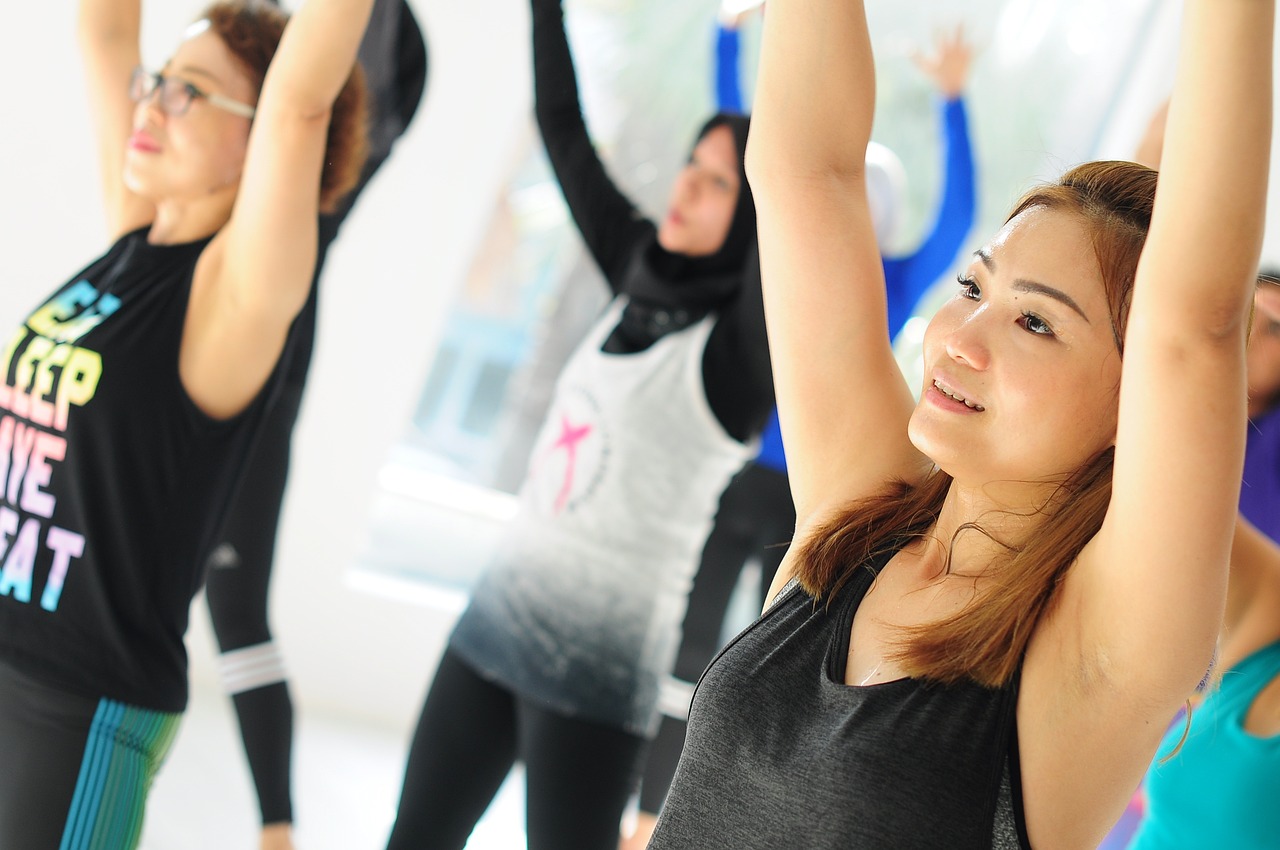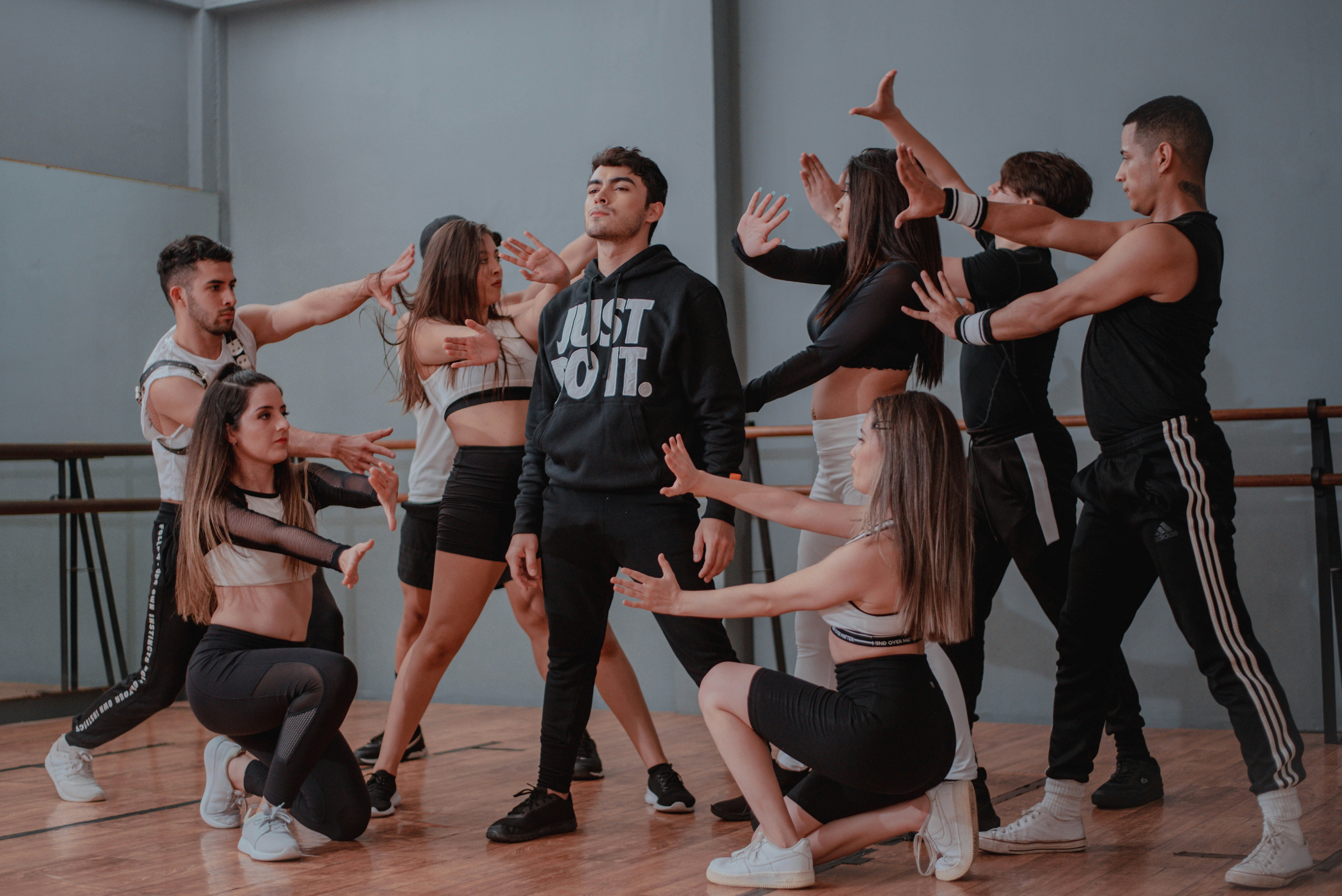Embracing Alternative Cardio: The Rise of Dance Fitness in America
Dance has always been a part of human culture and expression, but it wasn't until the late 20th century that it was recognized as a potent fitness regime. The first dance fitness revolution began in the 1970s with Jazzercise - a blend of jazz dance and aerobic exercise. As the decades rolled on, dance fitness diversified, giving birth to various styles like Zumba, hip hop dance classes, and pole fitness.
The Twirl of Modern Dance Fitness Trends
In today’s fitness world, dance fitness is gaining renewed momentum. It has expanded beyond traditional styles, opening doors to innovative fusion forms like Bellyfit - a blend of belly dance, African dance, and yoga. There’s also Buti Yoga, which combines tribal dance and plyometrics with traditional yoga. These developments highlight a departure from dance fitness being a strictly cardio-centric workout, evolving into routines that target strength, flexibility, and mindfulness.
Rhythms of Impact: Benefits of Dance Fitness
Dance fitness is not just about burning calories. It aids in improving balance, coordination, flexibility, and endurance, making it a holistic workout. It’s also a fun, social activity that can boost mental health and build self-confidence. Dance fitness classes create a community atmosphere, making workouts feel less like a chore and more like a party.
Research-backed Benefits: Dance Fitness and Wellness
Research supports the many benefits of dance fitness. According to a study published in the New England Journal of Medicine, dancing can even boost memory and prevent dementia in older adults. Another study in the Journal of Physical Activity & Health found that dance-based workouts can improve physical fitness and overall health status, particularly in those over 50. The evidence is clear: dance fitness offers a myriad of health and wellness benefits.
Striking a Balance: Making Dance Fitness Accessible
Given the dynamic and fun nature of dance fitness, it’s a regime that can appeal to a wide audience. However, it’s essential to make dance fitness accessible and enjoyable for everyone, from beginners to seasoned pros. Fitness studios and instructors are doing this by offering modifications for different fitness levels, ensuring that everyone can participate and reap the benefits.
In conclusion, dance fitness is a vibrant, effective, and inclusive form of exercise. As it continues to evolve and adapt to modern fitness and wellness trends, it seems set to become an even more critical part of our health and wellness landscape. Its unique blend of physical exertion, creative expression, and communal engagement make it a fitness trend that’s not only here to stay but to thrive.





